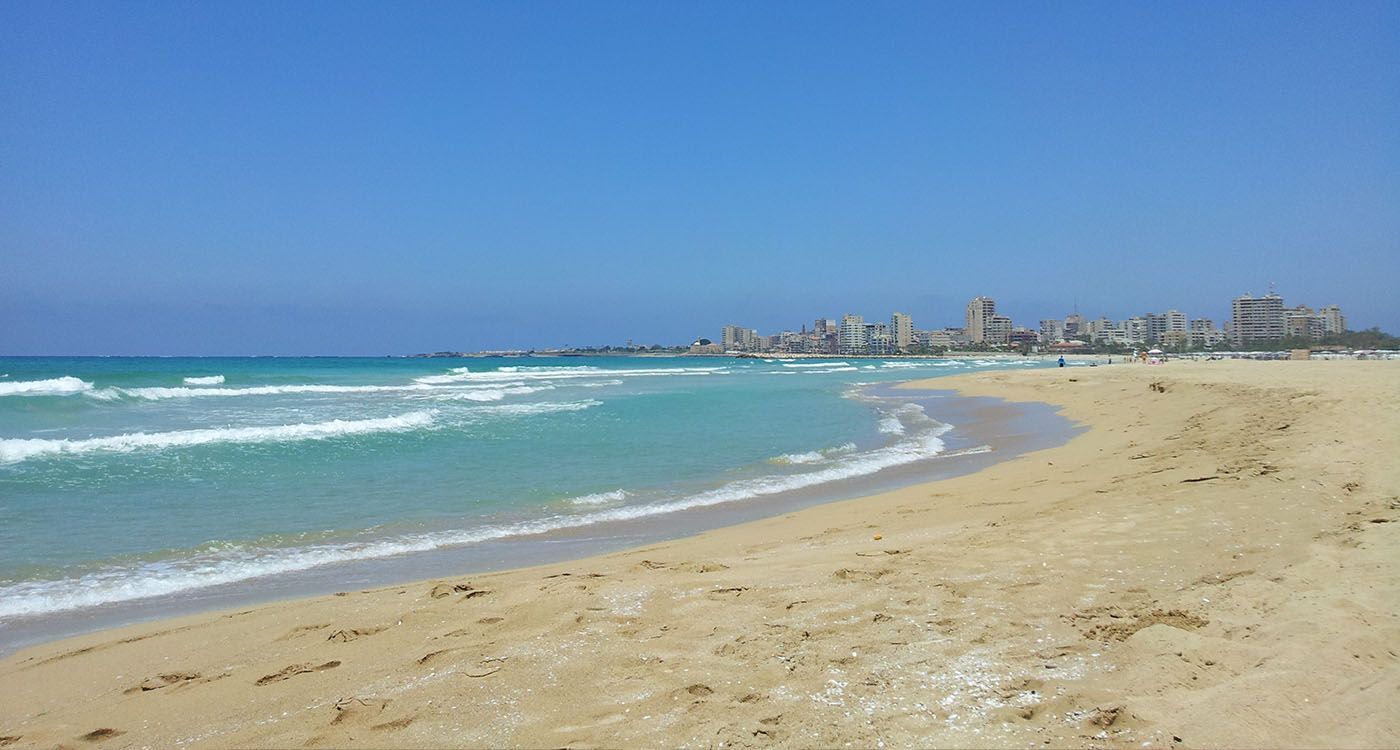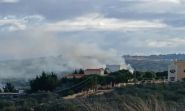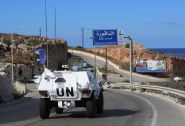
As Lebanese beaches grow crowded with summer visitors, the National Council for Scientific Research (CNRS) has released its 2025 assessment of coastal water quality. The findings are mixed: 24 out of 38 monitored beaches are considered safe for swimming, while several high-risk zones, particularly in Beirut, remain troubling. The report also highlights the growing threat of plastic pollution and urges immediate action to protect Lebanon’s coastline.
Each year, as crowds head to the Mediterranean for relief from the heat, a dedicated team of researchers begins its work. This is the annual mission of the National Center for Marine Sciences, part of the National Council for Scientific Research (CNRS), which for years has surveyed the health of 38 public beaches from Tripoli to Tyre. Private beaches, which are not accessible to researchers, are excluded from the study.
The 2025 report shows that approximately 63% of the monitored sites meet safety standards for recreational swimming.
Beyond offering a snapshot of coastal water quality, the CNRS report serves as a crucial resource, guiding both public awareness and government policy to protect swimmers’ health and preserve Lebanon’s fragile marine biodiversity.
A Rigorous Scientific Assessment
Through systematic sampling and detailed analysis, scientists measure the presence of fecal bacteria, a key indicator of water pollution.
The study focuses primarily on bacteriological contamination, particularly the concentration of fecal coliforms. This critical metric, used to assess the health and safety of bathing waters, is measured in colony-forming units per 100 milliliters of seawater.
Beaches are then classified according to three thresholds:
- Sites with 1 to 200 colonies are deemed clean to very clean.
- Those with 200 to 500 colonies are considered borderline or warranting caution.
- Any site exceeding 500 colonies is labeled polluted to highly polluted.
Using this standardized monitoring system, the CNRS offers authorities and the public a reliable, science-based framework for evaluating the health risks associated with recreational swimming along Lebanon’s coast.
Inviting Beaches, yet Critical Zones Require Attention
Several beaches across Lebanon have been rated safe for swimming in the 2025 CNRS report. These include Miniyeh and Tripoli in the north, Jbeil, Keserwan and Damour in the central region, as well as the Tyre Marine Reserve and Adloun Beach in the south—the latter has been newly designated as a protected reserve.
Yet, the report also flags 14 beaches as posing elevated health risks: 8 are classified as critical, and 6 as highly polluted.
The most concerning sites are concentrated around Beirut, with Manara and Ramlet al-Bayda leading the list, followed by Antelias, Dbayeh, Jounieh and parts of Tripoli, where fecal coliform levels significantly exceed safe limits. These locations, which attract thousands of beach goers each summer, represent a serious public health concern.
Naqoura, in southern Lebanon, receives a special mention: while water quality there is believed to be excellent, security conditions have prevented sampling for the past two years.
Compared to the 2024 findings, the overall picture remains stable. However, the deterioration of water quality in Beirut stands out, prompting renewed calls for authorities to intensify efforts to clean up the capital’s coastal waters.
Between Plastic Pollution, Edible Fish and Emerging Marine Reserves
The CNRS 2025 report also offers encouraging news regarding the safety of seafood harvested in Lebanese waters.
Analyses confirm that heavy metal concentrations remain well below international safety limits, affirming that locally caught fish are still safe for consumption.
However, plastic pollution continues to pose a serious and growing threat. The CNRS notes a marked increase in coastal solid waste, particularly plastic debris, which endangers marine biodiversity and degrades the quality of the shoreline.
This environmental challenge has sparked heightened political awareness. During the official presentation of the report at the Grand Serail, Prime Minister Nawaf Salam called for a national commitment to protecting the sea and its ecosystems, emphasizing that the issue transcends the scope of any single ministry.
Minister of Environment Tamara El-Zein echoed this urgency, citing Lebanon’s recent participation in the United Nations Ocean Conference, where the country signed the Convention on Biological Diversity, a step toward aligning local efforts with global environmental priorities.
On the ground, progress is already underway: three new marine reserves are being established in Anfeh, Batroun and Jbeil. Plans are also advancing to protect six additional strategic coastal sites, reinforcing Lebanon’s commitment to safeguarding its fragile marine ecosystems.





Comments